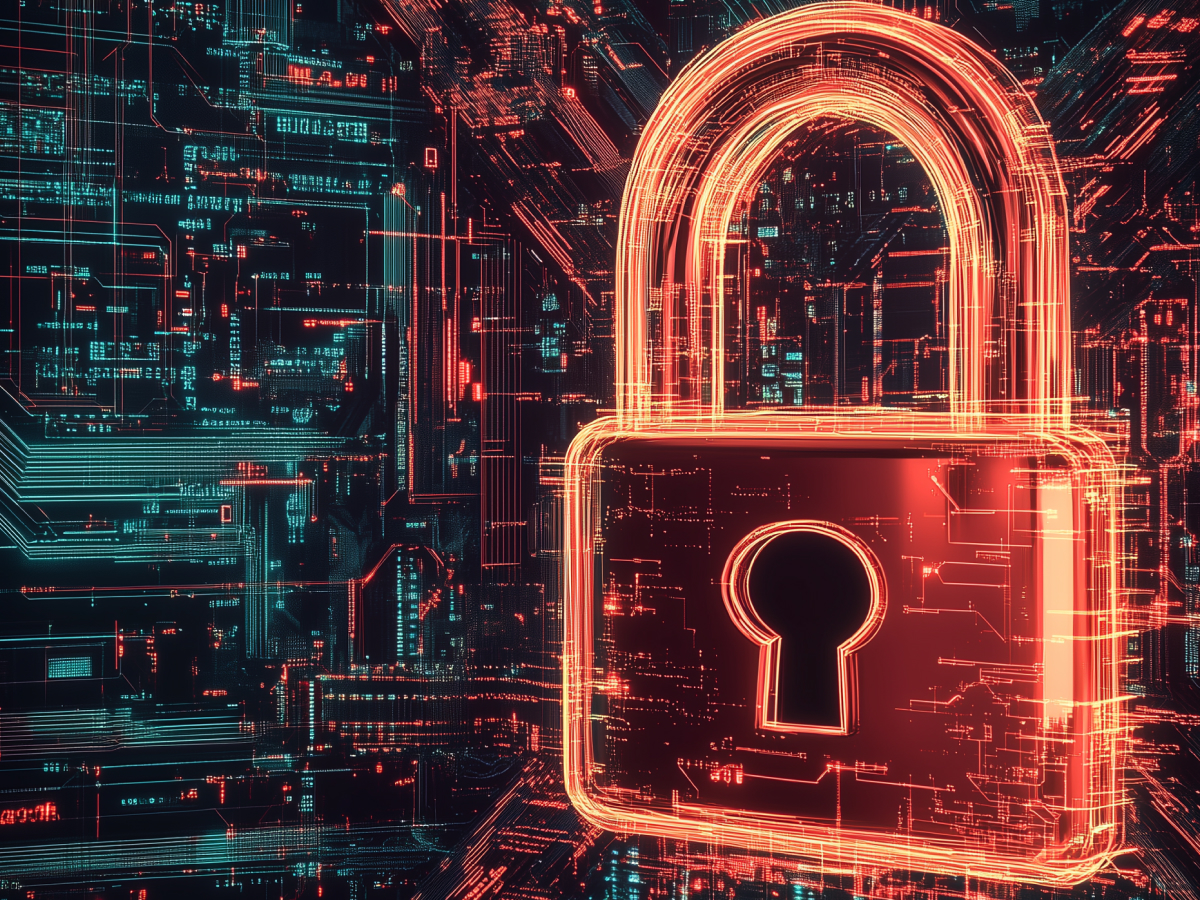Cyber threats are evolving fast—faster than most businesses can handle. The old disaster recovery (DR) playbook doesn’t cut it anymore. If your business still thinks of DR as a backup-and-restore function, you’re already playing catch-up.
Executives need to think differently about how they approach business continuity. The companies that survive the next wave of cyberattacks will be the ones that can take a hit and recover before anyone notices. Speed, accountability, and intelligent preparation will define resilience.
The future of disaster recovery
Disaster recovery used to mean getting systems back online after a flood or a fire. That’s outdated thinking. Cyberattacks—ransomware, data breaches, supply chain intrusions—are now the top threats. They’re frequent, sophisticated, and designed to cripple businesses, not just disrupt them.
The most dangerous mistake companies make? Treating cybersecurity and disaster recovery as separate things. They’re not. In 2025, cyber resilience needs to be built into every part of disaster recovery. The focus here is maintaining business continuity, securing sensitive assets, and keeping customer trust intact.
Take the NHS Synnovis data breach—thousands of appointments were canceled, critical medical procedures delayed. Or the UK Electoral Commission breach—nearly 40 million voter records exposed. These are existential crises for organizations that aren’t prepared.
Rapid recovery is a competitive advantage
Every hour your systems are down, customers leave, regulators take notice, and your competitors get stronger.
Cyber breaches are taking longer to detect, contain, and recover from. That’s a major problem. The companies that survive in 2025 will be the ones that treat recovery speed as a top priority. Think about it: If your business can restore operations in minutes instead of days, what does that mean for your bottom line?
The key is automation. Investing in failover systems, automated recovery tools, and real-time monitoring will make the difference between a minor disruption and a catastrophic failure. Amazon, Google, and Tesla don’t rely on manual responses—they automate, predict, and react in real-time. Your disaster recovery strategy needs to do the same.
“The goal here isn’t to fix things fast, but rather to make sure customers never even realize there was a problem.”
Cloud responsibility still falls on you
Cloud platforms are great—until you realize they don’t actually protect you the way you assumed. Too many businesses think that because they use Microsoft 365 or Google Cloud, their data is safe. That’s a dangerous misunderstanding.
Here’s the reality: Cloud providers protect infrastructure. You protect your data. This is the shared responsibility model, and failing to grasp it leaves businesses vulnerable.
In 2025, companies need to take cloud security into their own hands. That means investing in third-party backup solutions, security monitoring, and proactive configuration management. If you’re relying on Microsoft to keep your data safe, you’re not in control.
Backups alone won’t save you
Ransomware is getting smarter. Attackers don’t only lock you out of your data anymore, they go after your backups too. If your backup strategy isn’t diversified, you could be setting yourself up for total failure.
A diversified backup strategy means two things:
- Geographic and provider diversification—Store backups in physically separate locations and on different platforms.
- Decoupling backups from live systems—If attackers breach your main system, they shouldn’t be able to access your backups.
If one backup fails, another has to be ready to take over instantly. This isn’t optional anymore. If your business depends on data, you need to protect it with high levels of redundancy.
Shifting to continuous preparedness
Most businesses plan for disaster recovery as if it’s a fire drill—something they practice once in a while and forget about. That’s a losing strategy. Cyber threats in 2025 demand continuous, proactive preparedness.
Here’s the difference:
- Reactive companies scramble to contain damage after an attack.
- Proactive companies anticipate threats, simulate attacks, and refine their response strategies in advance.
High-profile breaches in 2024, from the NHS to TfL, showed what happens when organizations aren’t ready. Recovery is slower, more expensive, and damages trust.
Companies that regularly test their incident response plans, conduct simulations, and update strategies based on real-world threats will dominate in 2025. The focus here is on making sure your business can operate in any scenario.
The future is uncertain, but your business shouldn’t be
In 2025, the companies that succeed will be the ones that build disaster recovery strategies with cyber resilience, speed, accountability, and intelligent backup diversification at their core. Security threats will keep evolving. AI-driven cyberattacks will become more common. Supply chain vulnerabilities will increase. Regulatory scrutiny will tighten.
The good news? You can prepare for all of it. The best companies not only react to problems quickly but can also engineer their way around them before they happen. That’s what resilience really means.
Key executive takeaways
- Cyber resilience integration: Modernize your disaster recovery strategy by embedding cyber resilience at its core. Leaders should prioritize treating cyber threats as primary risks and continuously update plans to safeguard sensitive data and maintain business continuity.
- Rapid recovery automation: Speed is essential. Invest in advanced failover systems, automation tools, and real-time monitoring to minimize downtime and reduce reputational and financial impacts during a cyber incident.
- Cloud responsibility management: Understand the shared responsibility model in cloud services. Decision-makers must implement third-party backup solutions and continuous security monitoring to bridge the gap left by platforms like Microsoft 365.
- Diversified backup infrastructure: Build redundancy by storing backups in geographically and technologically diverse environments. This decoupling of backups from live operations is key to ensuring data integrity and rapid recovery when facing sophisticated cyberattacks.





